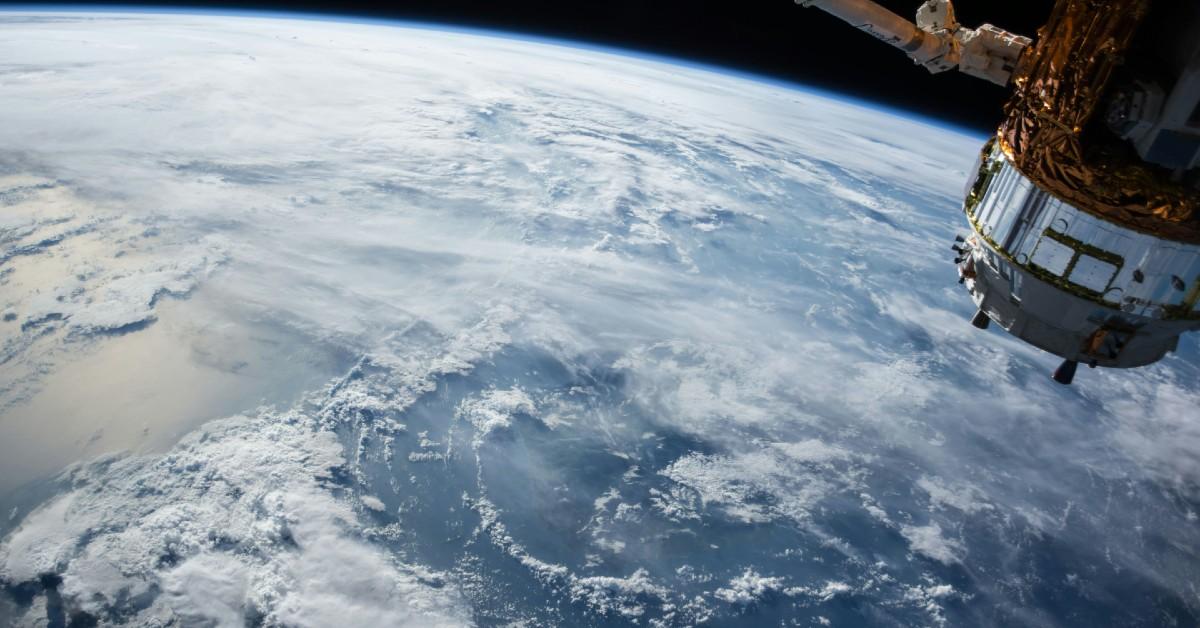News
NASA Raises Risk of ‘City Killer’ Asteroid Threat to One in 32

NASA Increases Risk Level for Potential Asteroid Impact with Earth
The chances of a massive asteroid colliding with Earth are now more pronounced than ever. NASA has updated the odds for asteroid YR4, raising it to a 1-in-32 probability, or approximately 3.1%. This change follows fresh data concerning its trajectory, marking it as the highest threat level recorded to date.
Asteroid YR4 came into the spotlight when it was first detected in December. Initially, astronomers placed it at the forefront of current risks. Predictions indicated that the likelihood of impact would diminish with increased observation; however, the opposite has occurred, causing the risk level to escalate dramatically.
The current odds are comparable to winning a coin flip five consecutive times. As telescopes worldwide ramp up efforts to track the asteroid, scientists are collecting more precise data to refine impact predictions.
Originally, estimates pegged the collision risk at 1-in-83, but that figure has deteriorated progressively, moving from 1-in-67 to 1-in-53, 1-in-43, 1-in-38, and finally resting at 1-in-32. Hugh Lewis from the University of Southampton stated that a recent increase doesn’t guarantee that the odds will continue to rise, emphasizing that new insights are vital for future predictions.
Asteroid YR4 is projected to make a near pass of Earth in four years, but officials assure that it will be at a safe distance, offering scientists another window to observe it. Unfortunately, the timeline for studying the asteroid is closing quickly, as it will soon transition behind the sun.
Lewis remarked that any observational data collected in the upcoming months will be crucial in providing further clarity on YR4’s orbit and risk assessment. He noted that while the current trajectory data raises concern, there’s still a possibility that the probabilities could decrease.
The asteroid is set to approach Earth again in eight years, on December 22, 2032. Researchers are exhaustively analyzing historical data to deepen their understanding of YR4, with global space agencies collaborating on this task. Instruments such as the James Webb Space Telescope, launched in 2021, are poised to gather significant information pertaining to the asteroid and its characteristics.
Currently, YR4 spans the dimensions of a large building and poses a serious threat to urban areas if a collision occurs. According to estimates, an impact could produce an explosion equivalent to nearly eight billion kilograms of TNT, leaving a crater 1.2 miles wide. Cities like Bogotá, Mumbai, and Lagos fall within the potential impact zone.
NASA has recently released high-resolution images of the asteroid, captured on February 7 from the Gemini South Telescope in Chile. The detailed images show YR4 as a bright blur, taken when it was 37 million miles from Earth. Bryce Bolin, a NASA astronomer involved in this imaging, noted that fewer than 10 asteroids have been studied at this level of detail. The imagery was challenging to obtain due to the asteroid’s faintness and the effects of moon illumination.
With ongoing monitoring and research, the scientific community remains vigilant about YR4, hoping to refine understanding and prediction of its trajectory in the years to come.
